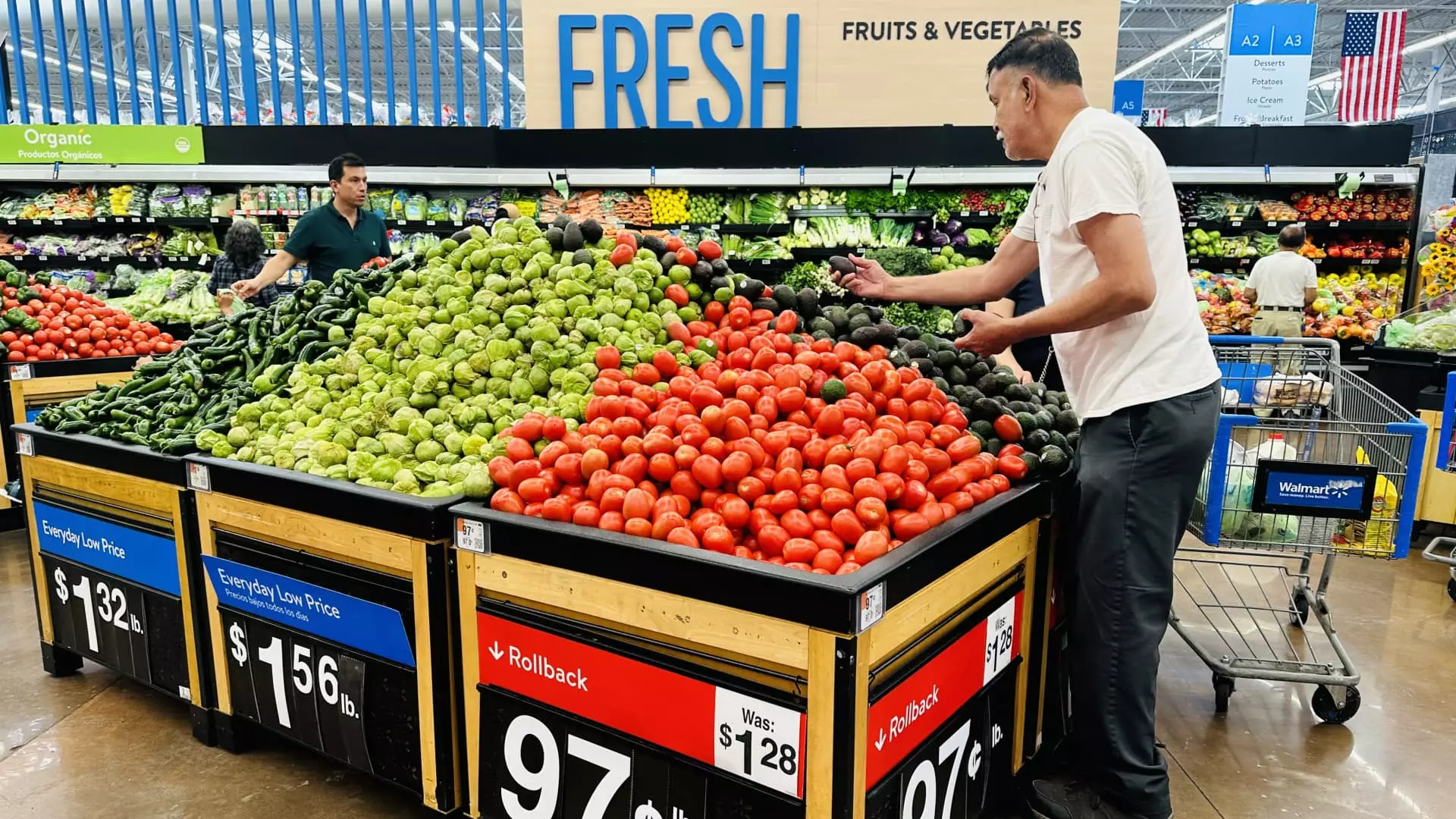In recent months, a distressing trend has emerged from the financial landscape of the United States, indicating that an alarming number of Americans are turning to buy now, pay later (BNPL) loans for even the most basic of necessities—groceries. According to a recent report by Lending Tree, approximately 25% of consumers are now relying on BNPL services to manage their grocery expenses. This figure reflects a notable increase from prior years, alarming enough to underscore the rising strain on household budgets amidst persistent inflation and economic uncertainty.
The uptick in BNPL usage for groceries reveals a disturbing pivot in consumer behavior, showcasing how financial pressures compel individuals to seek credit options that, while ostensibly attractive, harbor significant risks. As inflation continues to pinch purses, many find themselves caught in a cycle where even grocery shopping, a fundamental pillar of daily living, necessitates financing. This begs the question: what is happening in our economy when people are funding their most basic needs through debt?
The Dangerous Allure of Buy Now, Pay Later
The allure of BNPL services, often marketed as an interest-free solution to manage expenditures, fails to address the inherent risks that come with them. Many consumers may overlook the potential pitfalls of accumulating multiple loans. As the survey revealed, a staggering 60% of BNPL users have multiple loans at one time—a strategy that could lead to financial chaos if mismanaged. The ease with which one can swipe to purchase groceries today can quickly morph into a financial burden tomorrow, especially as late payment fees and interest charges loom in the shadows.
Matt Schulz, Lending Tree’s chief consumer finance analyst, points out that while many users manage to pay their loans within a week of the due date, the increasing rate of late payments—41% of respondents admitted to being late on their BNPL loans—raises red flags about widespread budgeting issues. This environment speaks to a broader narrative around living paycheck to paycheck, where individuals are often just one unforeseen expense away from financial instability. Such dependency on BNPL services signifies a dangerous reliance on credit that threatens to spiral into further economic distress.
Economic Anxiety and Consumer Behavior
The uptick in BNPL usage is not merely a statistic; it reflects deep-seated anxieties regarding the current economic climate. With persistent inflation, high-interest rates, and uncertainty surrounding international tariffs, the average consumer is grappling with an increasing cost of living that shows little sign of abating. While some may argue that the innovation of BNPL as a payment method offers consumers necessary relief, it is essential to recognize that this method is often a Band-Aid solution to a more significant underlying economic problem.
Take, for example, the shocking revelation that around 60% of Coachella attendees financed their concert tickets through BNPL loans—what does this say about our consumer priorities? Are we prioritizing experiences and entertainment over our fundamental economic well-being? As people opt to stretch their budgets through debt, the line between necessity and luxury becomes blurred. The laughable yet sobering notion that financing cheeseburgers or burritos has become commonplace is more than a comedic quip; it reveals the absurdity of economic hardship in America today.
The Need for Caution and Financial Literacy
As consumers increasingly lean on BNPL loans, it’s imperative that financial literacy be a cornerstone of public education. Individuals need to understand the associated risks and practice caution when adopting such financial strategies. The short-term relief provided by BNPL offers an enticing escape from immediate financial dilemmas, yet mismanagement of these loans can lead to a cascading series of financial woes that can trap consumers in cycles of debt.
The reality is stark: we are witnessing a generation of consumers who, out of desperation, rely increasingly on credit to acquire necessities. Until we address the economic conditions driving these choices, we risk perpetuating a cycle of financial distress that merely shifts the burden without alleviating the underlying issues. Financial institutions, lawmakers, and educational entities must step up to ensure that individuals are equipped with the knowledge they need to make more informed, prudent financial decisions—or risk further entrenching them in a population unable to break free from the shackles of debt.

